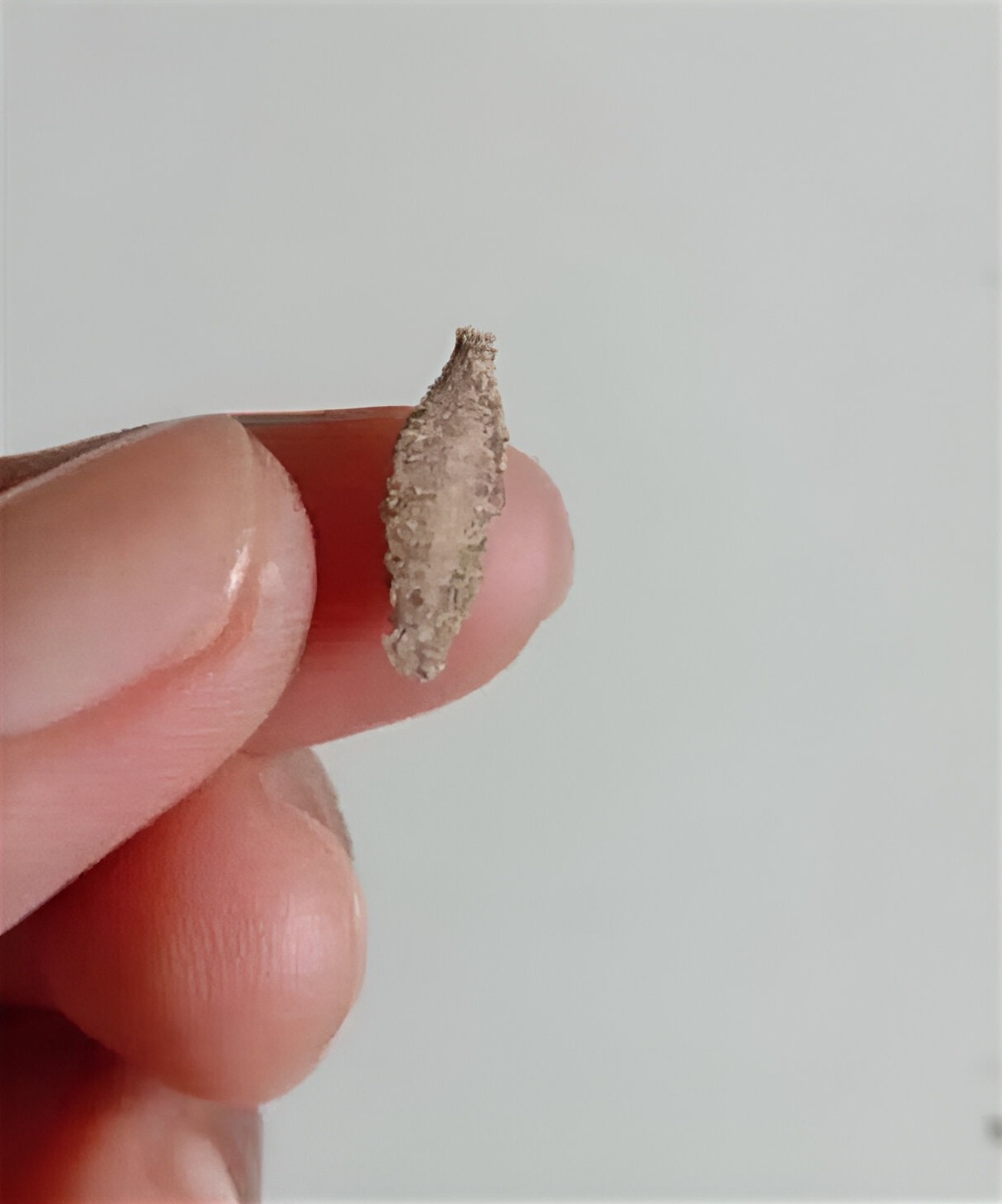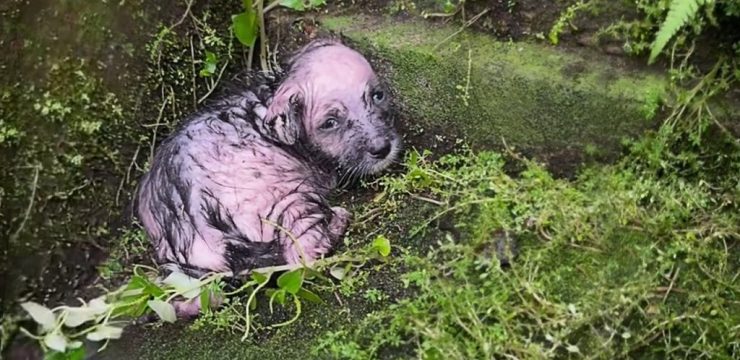Some bugs make surprisingly decent houseguests. Spiders, for instance, often keep to themselves while taking care of other pests in your home. But not every insect is that helpful—some are venomous, others destroy food, furniture, or even your clothes. One particularly creepy pest that many people have spotted on their walls is a type of moth called Phereoeca uterella. Known in Javanese as “kamitetep,” these moths thrive in warm, humid environments and feed on everything from wool to paper. As the summer heat rolls in, it’s a good time to learn how to spot them and prevent them from settling into your home.

You may have heard them called plaster bagworms or household casebearers. While the names are used interchangeably, there’s actually a bit of confusion about which species is which. Kamitetep belongs to the Tineidae family of moths and is officially called Phereoeca uterella. Some entomologists argue that the name “household casebearer” actually refers to a separate species, Phereoeca allutella. Either way, no one is thrilled to discover these bugs hanging around the house—especially once they start damaging things.
What makes kamitetep so recognizable is actually not the moth itself, but its larval stage. Before they transform into winged adults, these moths live in gray, flat, tube-like cases that they carry around like sleeping bags. These cases are made from silk and bits of materials they gather from their surroundings—often blending in well with walls, ceilings, or garden spaces. When the larvae are ready to pupate, they seal themselves inside these portable cocoons until they emerge as adults. Many people only notice a problem when they spot these cases—either still crawling or eerily empty.
The life cycle of kamitetep includes four stages: egg, larva, pupa, and adult. Female moths lay clusters of tiny eggs in dark, hidden spots to protect them. When the eggs hatch, the larvae immediately begin to search for food while building their protective cases. After feeding and growing, they molt several times before entering the pupal stage, during which they remain hidden inside their case. Adult moths are small—about half an inch long—and covered in grayish-brown scales.
So, what do they eat? The better question might be—what don’t they eat? Kamitetep are attracted to areas with heat and humidity, like closets, garages, attics, and basements. There, they feed on a wide variety of organic materials, including lint, wool, feathers, spiderwebs, hair, dead insects, silk, and paper. Interestingly, they don’t seem to have a taste for cotton. Unfortunately, they will destroy your clothes, rugs, books, and even important documents if they get the chance.
To find out if you have kamitetep in your home, keep their diet and habits in mind. Look in storage areas, especially cardboard boxes or fabric storage bins. Check closets, under furniture, and around baseboards. You may spot their tell-tale cases stuck to the walls or ceiling. In some cases, you’ll see the larvae still crawling in or near their little portable homes. Adults may be drawn to light fixtures, so keep an eye out for fluttering moths in the evenings.
Now for the important part—getting rid of them. Your first line of defense is a thorough cleaning. Focus on vacuuming rugs, furniture, and corners of closets and storage rooms. Don’t forget basements and attics, which are often kamitetep hotspots. After cleaning, seal off any cracks where insects could enter or hide eggs—use caulk around windows and weather stripping around doors. Since they thrive in damp conditions, a dehumidifier can make your home much less appealing to them. And if you find any cases, dispose of them immediately before they hatch.
Prevention is all about reducing their access to food. Regular cleanings can make a big difference. Avoid letting dust, lint, or crumbs accumulate. Store food in airtight containers and take out the trash regularly. Try not to leave piles of laundry or clutter lying around. These steps won’t just help with kamitetep—they’ll discourage a lot of common household pests.
If you’re already dealing with a full-blown infestation, deep cleaning and DIY measures might not be enough. In that case, you may need to use insecticidal sprays designed for moths or call a professional exterminator. While these moths don’t bite or sting, they’re still a major nuisance. They damage personal belongings, multiply quickly, and feed on spiderwebs—so if spiders are also a problem in your home, make sure to mention that to the pest control team.
Kamitetep may be small, but they’re definitely not harmless. The good news is that with the right knowledge and preparation, you can keep these creepy wall-clinging moths out of your home. Clean regularly, stay on the lookout for their little gray cases, and act fast if you spot any signs of them. A little vigilance goes a long way when it comes to protecting your home from pests like these.





